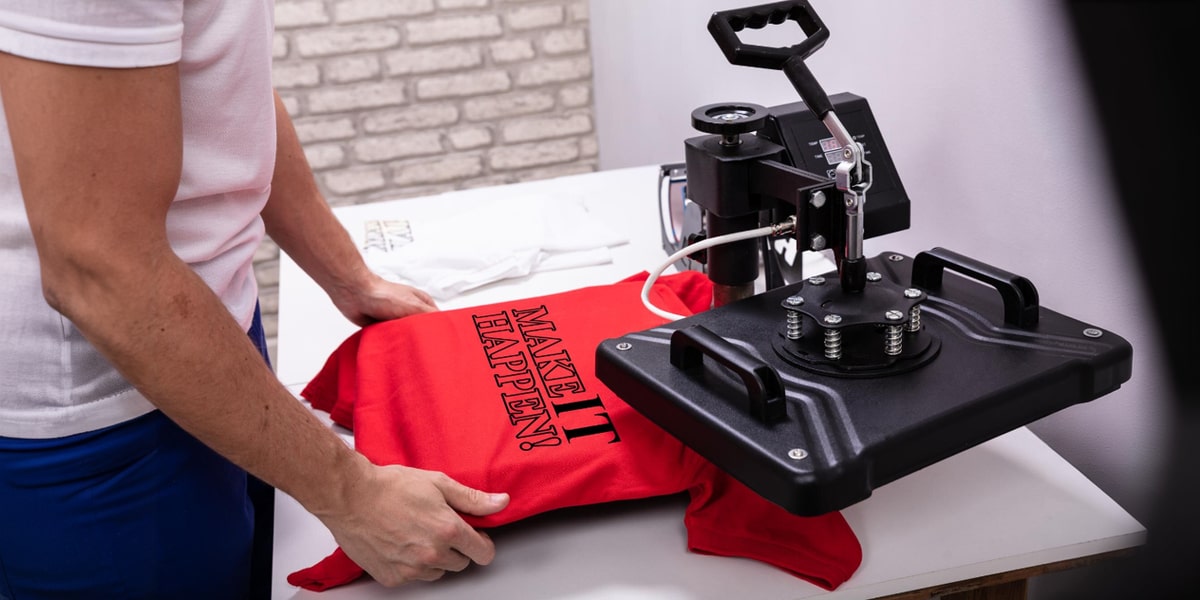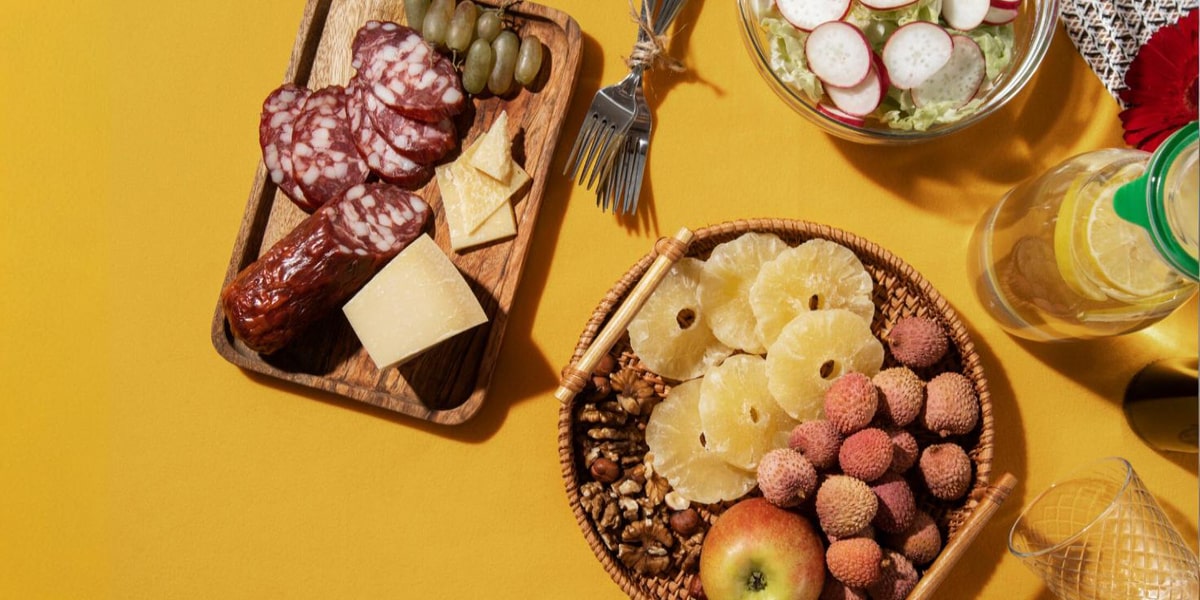How Long Do DTF Transfers Last? 5 Tips to Make Them Last Longer
If you’re interested in customizing with DTF transfer or looking to order custom iron on transfers, one question always comes up: how long do DTF transfers last?
DTF transfers – ready-to-press heat transfer decals applied onto garments using a heat press or iron – have become a favorite for their sharp detail, bright colors, and ease of use. But just like any print product, you’re probably wondering how long does DTF last, how long does DTF last on shirts, or even do DTF transfers crack over time.
That’s why, in this article, we’ll explore how long do DTF prints last, what affects their durability, and share 5 simple but effective tips to keep them durable.
How Long Do DTF Transfers Last?
DTF (Direct-to-Film) transfers or iron-on DTF transfers are known for their durability, typically lasting through numerous washes if properly cared for. On average, the transfers we are providing withstand up to 50 washes without significant damage, assuming they receive proper maintenance.
However, “how long do DTF transfers last” depends on several factors. For a DTF print to be considered durable, it must resist cracking, peeling, and excessive fading. In fact, after several washes, the print should retain over about 80% of its original color, with the surface remaining soft and flexible, without becoming stiff or breaking apart.
Factors That Affect DTF Transfer Durability
If you’re wondering how long do DTF transfers last, the answer is that it depends on several key factors, such as:
1. Transfer Film & Ink Quality
Firstly, the quality of the transfer film and ink directly determines how long do DTF transfers last. High-quality inks provide richer color retention, while premium film ensures better adhesion and flexibility. Cheaper materials may crack or peel much sooner, even with proper care.
2. Fabric Compatibility
Compatibility with fabrics, including weight and weave type, is another important consideration. For example, lightweight, tightly woven fabrics tend to hold prints better than loosely woven or stretchy materials. The surface texture affects how well the adhesive bonds, which directly impacts durability and “how long do DTF transfers last”.
3. Design Complexity & Style
In addition to material quality and fabric type, the complexity and style of the design also decide how long do DTF transfers last.
Bold prints look great but often wear out fast. In contrast, thin or patterned designs tend to be more flexible when the fabric moves.
4. Application Settings
The heat, time, and pressure used when applying iron-on DTF transfers are very important to help the design stick well to the fabric. If any of these settings aren’t right, the transfer might not stick properly and could start to peel or fade much faster than it should.
5. Environmental Exposure
Once the transfer is applied, environmental exposure can be a deciding factor on how long do DTF transfers last.
- Frequent sun exposure
- High temperatures
- Harsh chemicals
- Physical friction (like backpacks or washing with rough garments)
It is important to keep in mind that all these factors can affect DTF durability.
6. Care & Maintenance
Furthermore, to ensure the DTF printing durability, it’s essential to follow the regular care and maintenance, such as:
- Gentle washing in cold water
- Wash carefully inside-out
- Air drying
- Avoiding bleach and high heat from dryers
- Avoiding harsh chemicals
All are great for preserving the color vibrancy of the iron-on DTF transfer print.
5 Tips to Make Your DTF Transfers Last Longer
Once you know all the elements that affect the durability of iron on transfers, follow these 5 practical tips to help extend the life of your DTF prints:
1. Use High-Quality Iron-on DTF Transfers
Not all DTF transfers are created similarly. Ink and film that are cheap and low-quality often fade, crack, or peel after only a few washes. Meanwhile, transfers of high quality adhere better, maintain color vibrancy, and remain soft and flexible over time.
So, it’s best to look for reputable suppliers that use high-tensile films and water-based pigment inks for the greatest results.
You may want to read: Dye ink vs pigment ink
2. Apply on Appropriate Fabrics
Additionally, it is also critical to choose the right fabric. DTF works best on medium to heavyweight fabrics with a tight weave, such as cotton or cotton blends.
That’s why it’s recommended to avoid stretchy or loosely woven materials, as they may not hold the transfer well and could reduce its durability.
3. Invest in a Reliable Iron or Heat Press Machine
Consistent heat and pressure are also critical and can determine how long do DTF transfers last. Inconsistent application can lead to weak bonding, which shortens the life of the transfer.
Hence, you should invest in a quality iron or heat press to apply the correct temperature and pressure evenly across the entire design.
4. Master the Application Process
Even the best tools and materials won’t help if the application technique is incorrect. Therefore, you should adhere to the manufacturer’s instructions for setting time, temperature, and pressure.
Moreover, make sure the surface is clean and pre-pressed to remove moisture and wrinkles before applying the custom iron on transfers.
In this way, your transfers will adhere evenly and securely.
5. Proper Care & Washing Routine
Taking care of your DTF prints after application makes a huge difference. You should:
- Wait at least 24 hours before the first wash – It’s advisable to give the print time to fully set to the fabric.
- Turn the garment inside out before washing – This simple step reduces friction, protecting the printed area from rubbing against other clothes or the sides of the machine.
- Wash with cold or warm water – Gentle temperatures are easier on both the adhesive and the colors. Doing so, you can help the design stay vibrant after many washes.
- Avoid bleach and fabric softeners, as these can weaken the bond and affect the design’s vibrancy.
- Air dry or use a low tumble setting – High heat can damage the design, so keeping the drying temperature low will help your print stay vibrant longer.
Follow these tips to keep your designs vibrant and durable through multiple washes.
Last words
In conclusion, the answer to how long do DTF transfers last depends on factors like material quality, fabric type, the design, application settings, environment, and your washing routine. By following the tips we’ve shared, you can extend the life of your designs and keep your prints looking sharp over time.
And if you’re ready to get started to get reliable results, don’t hesitate to order custom iron-on transfers directly from CustomAny for your project!









